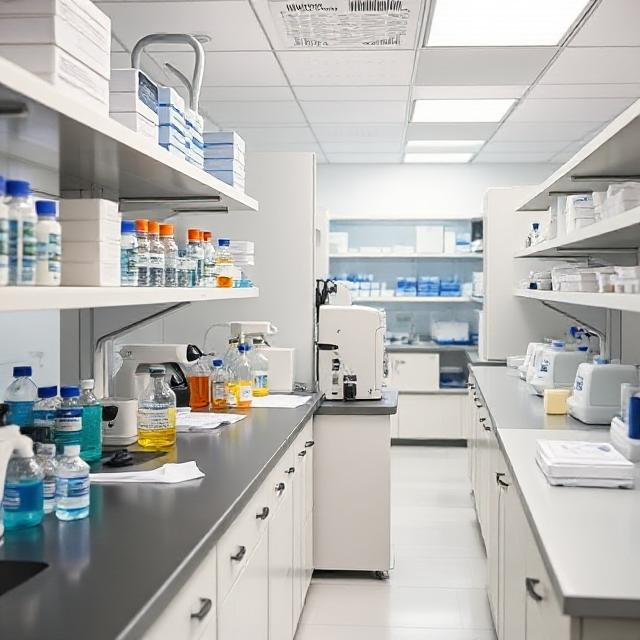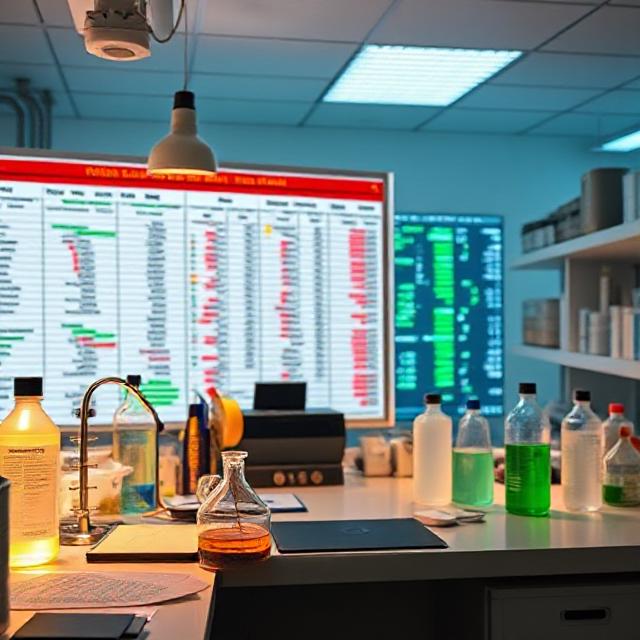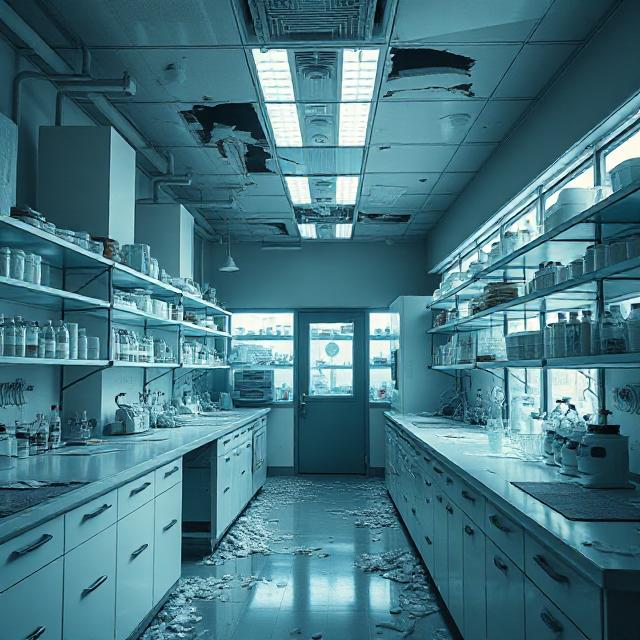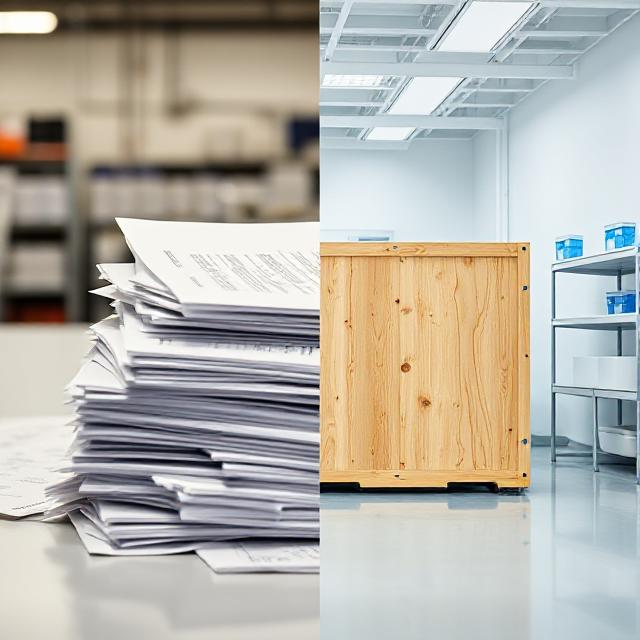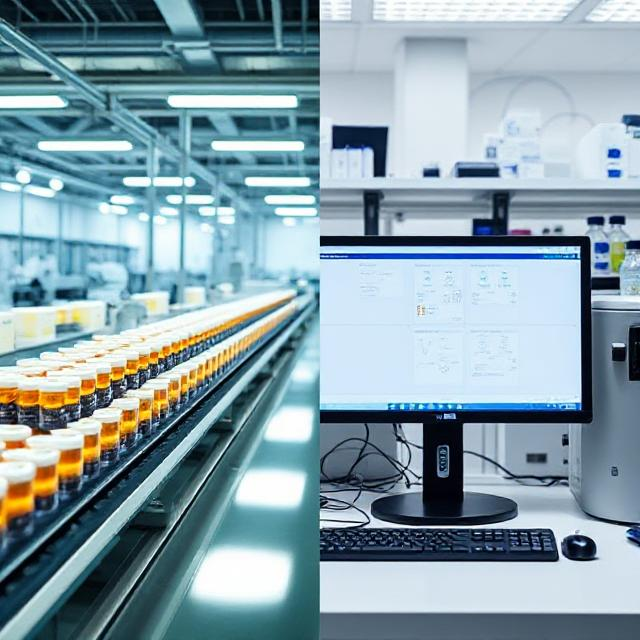In the dynamic field of Good Manufacturing Practices (GMP), ensuring the integrity, efficiency, and compliance of equipment is a requirement. This article looks into the essential aspects of periodical equipment reviews within GMP environments, highlighting their significance, processes, and outcomes.
The Necessity of Periodical Equipment Reviews
Regular reviews are crucial for maintaining equipment functionality and preventing defects or malfunctions. They ensure compliance with evolving regulations and help identify necessary upgrades or change, thus avoiding operational disruptions and minimizing risks.
Key Participants in the Review Process
The ideal setup would involve a cross-functional team comprising QA/QC, CSV, engineering, maintenance, and production working together to conduct thorough reviews, each bringing their unique perspectives. However, in practice, it’s typically managed by the QA CSV department or the CSV department itself, with input and review from other relevant departments as needed.
Objectives of Periodical Reviews
These reviews aim to assess compliance, evaluate performance, identify upgrades, ensure documentation integrity, mitigate contamination risks, maintain data accuracy and integrity, and adapt to regulatory changes. These objectives collectively ensure quality and safety.
Frequency and Scope of Reviews
The peridodical reviews for equipment are conducted regularly to ensure compliance with standards and
regulations across various aspects:
- Documentation: Ensuring all procedures, records, and reports are up-to-date and accurate.
- Records from the initial validation: Reviewing the IQ/OQ,PQ protocols, validation report, to ensure all aspects are compliant and accurate with the latest reglementation.
- Risk Assessment: Identifying and managing potential risks associated with the equipment. See our article.
- Change Management History: Reviewing the modifications to the equipment or system.
- Deviation History: Reviewing any variations from standard procedures.
- Maintenance History: Reviewing records of all past maintenance activities.
- Calibration History: Maintaining accuracy of measuring instruments.
- Training and User Access: Ensuring only authorized personnel are trained and have access.
- Performance: Evaluating the functionality and efficiency of the equipment.
- Verifing the periodical re-qualification process to assesses equipment reliability, accuracy, and efficiency over time, identifying recurring issues that may require attention.
The frequency of these reviews is determined based on the criticality of the equipment, assessed through a risk assessment. More critical equipment undergoes more frequent reviews to prevent failures that could have serious consequences. This structured approach ensures operational efficiency and safety.
Peridodical Review Actions
Findings are documented, within the periodical report outlining compliance status, deviations, root causes, corrective actions, and a plan if necessary. If some actions are required it should be followed in the QMS.
Conclusion
Periodical equipment reviews in GMP environments are vital for maintaining trust and safety in the pharmaceutical industry. They involve meticulous documentation, regular checks, cross-functional collaboration, and continuous improvement, ensuring product quality and compliance with evolving standards.
